 This link has over 500 project based lessons- pre-approved by the most respected project based learning site -BIE (Buck Institute for Education). Click on the image and search for your topic. I can help you adjust the lesson to meet the needs of your students if desired.
0 Comments
 Click the roulette wheel to find a strategy Click the roulette wheel to find a strategy In a lesson slump? Sometimes it's hard to recall all the clever pedagogical strategies at your disposal when you are in the thick of wrestling with content. When I first started teaching 25 years ago, I kept a little file box of index cards on my desk that I started penciling in strategies into, one per card. I lost that box and I never did keep it up anyway as I was ovewhelmed with teaching, but thanks to Kelly Jo Rowan, (and Mr. Tornfelt for sharing) I now have all those strategies in one handly location! Just scroll through the strategies here at the Glossary of Insructional Strategies. With a list this exhaustive, you're sure to find something that will fit with your objective. Not all strategies suit all objectives, but sometimes it is fun to choose a strategy and see how you can make it fit. 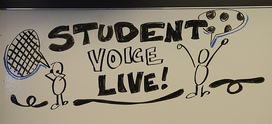 This post was inspired by CMS's own Malik Richardson's (@mrich1191 on Twitter) tweet of this article: http://www.edudemic.com/teachers-and-students-should-backchannel/ Ms. Burick (@NerdAlert497 on Twitter) devised a method of using backchannel in class with non-fiction reading that can work with any discipline anytime of the year. It also is a great first step at BYOT integration for teachers who are not sure how to use devices in class to increase learning. She simply opens a backchannel and projects it on her screen as student thumb through books on the topic she has provided. As students encounter facts they want to share, they post them for each other. This can be done even with a textbook chapter, but students love to see a large selection of inviting library books in the room to pick from. Not only does "Nerdalert Backchannel" allow all voices to be heard, Ms. Burick reports it motivates the students to read more as they challenge each other to come up with the "best" facts. It allows sharing to happen at a convenient time for both the reader and the writer, so the entire class does not have to stop reading when someone wants to share a fact. Students can look up from their reading as they wish and contribute at their own pace. It also forces students to think through their thoughts a bit more than just raising their hands, and gives instant feedback for sharing in the form of "oohs and aaahs" from classmates!  When Ms. Lyttle was looking for a new reading process activity to try with her sixth graders, I shared what I had learned in the recent Disciplinary Literacy Reading Apprenticeship training. We decided to do a co-teach of the metacognitive partner talk thinking strategy. The video below shows how the strategy looks with sixth graders. Click the swirl image for some free downloadable resources from WestEd, the company who did the CMS training. This strategy delivers amazing results in a pretty efficient timespan. The lesson plan is here including links to the demo and practice poem and more information about the Reading Apprenticeship training and Reading for Understanding. I want to specifically note that Ms. Lyttle's classroom persona is one reason this lesson went so well. It is clear that Ms. Lyttle loves her students and gives them respect and trust and appreciates them just as they are while at the same time nurturing them and pushing them to grow. It is obvious in this video that the students love being in her room and thoroughly enjoy the atmosphere she creates. My hat is off to her. Follow her at @lyttlela on Twitter.  UPDATE: Ms. Joseph created: "Le Grande Balloon," a version of Ms. Lyttle's StemBall to learn French! New Photos Below! To use a little common core jargon and poor grammar: "Tier two vocab is where it's at." The best thing you can do for your students is give them strong thinking skills and vocabulary. (Here is a short word list resource-- list of most used common core vocabulary. Use them in your lessons, have them on the board, offer students extra credit for working the words into their verbal responses, presentations, or written work in your class.) I also recommend active motion-based learning. Strategies like Ms. Lyttle's Stemball help students to learn basic word roots and is one way to get a lot of bang for your teaching-time buck. The photos below to explain the game. To give it a try, you can use beach balls from th dollar store or even write on balloons for an economical game. How to Play Vocab Ball:
|
Categories
All
Author I am Lisa Gurthie the PD facilitator at Piedmont IB Middle School. She specializes in tech and arts integration, interdisciplinary, holistic education, and unschooling school to make it more real and relevant. One day I will modernize my "about" page. Check out the other blogs on this site for Lesson Ideas, Celebration of Good Teaching, and Piedmont PD Archives
February 2021
Categories
All
|
Photos from citymaus, The All-Nite Images, Lindy Buckley, peasap, Claudio Gennari ..."Cogli l'attimo ferma il tempo", mikemariano, faungg's photos, frankieleon, Chris Piascik, Kurisu, familymwr, kc7fys, el_itur, cowbite, eilonwy77, pestoverde, Marcin Wichary, Postmemes.com, alexliivet, UK in Italy, JoeInSouthernCA, Nathan O'Nions, jimmiehomeschoolmom, surreynews, Hans-Jörg von Schroeter, Bekathwia, CarbonNYC, marc falardeau, conorwithonen, LeonArts.at, Nina Matthews Photography, Georgie Pauwels, cwwycoff1, dullhunk, The All-Nite Images, Castles, Capes & Clones, warrenski, juhansonin, Ke7dbx, Muffet
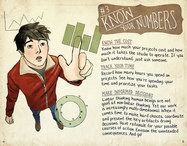
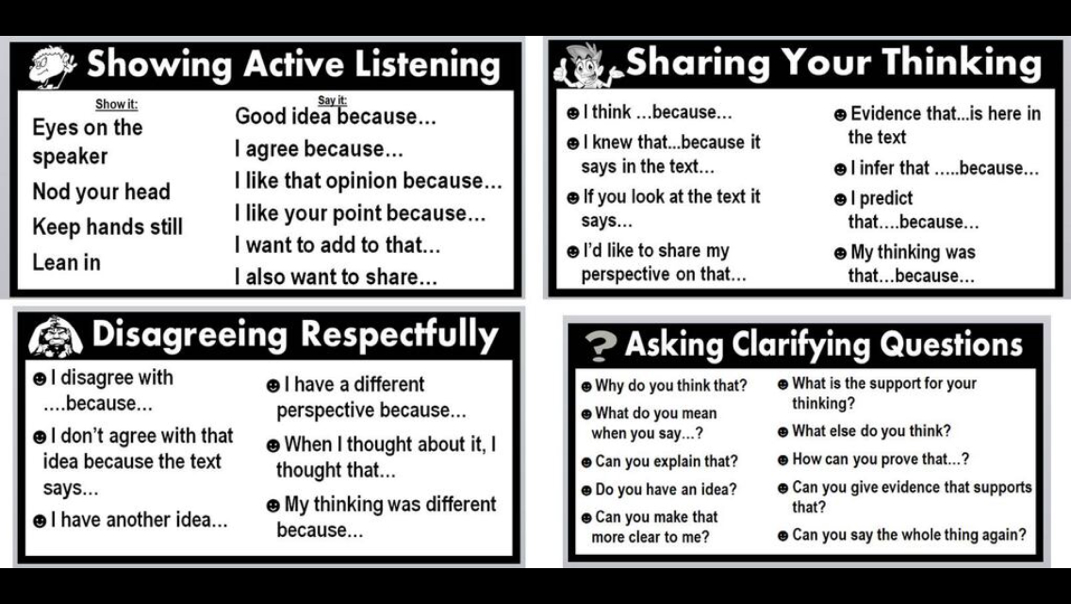
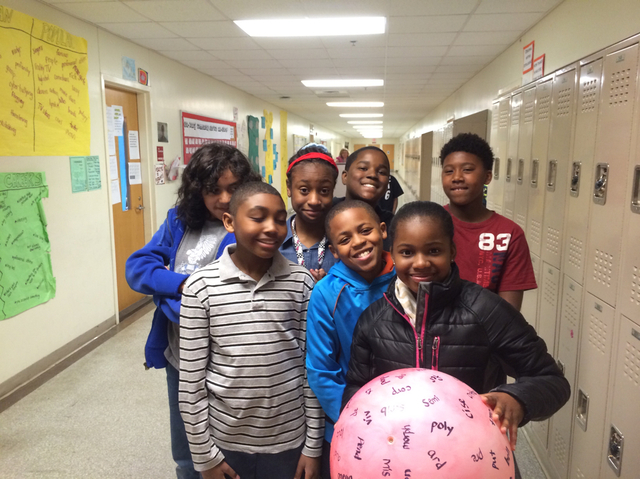
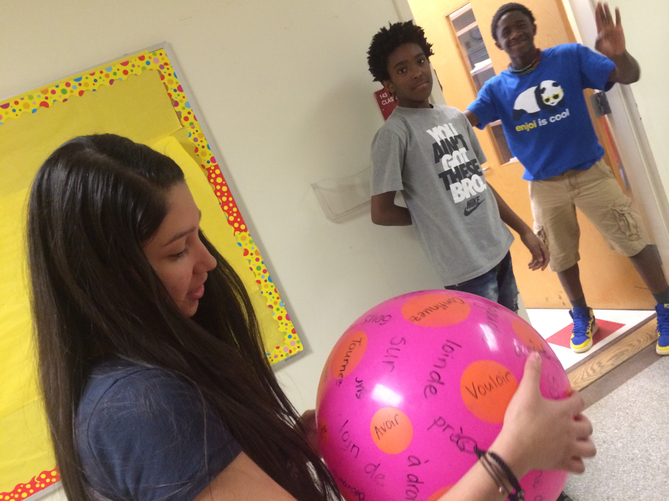
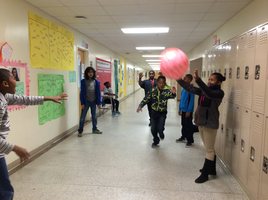
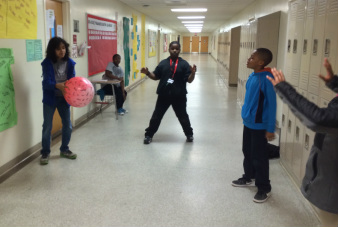
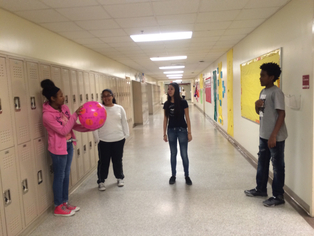
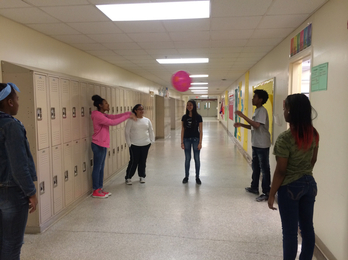
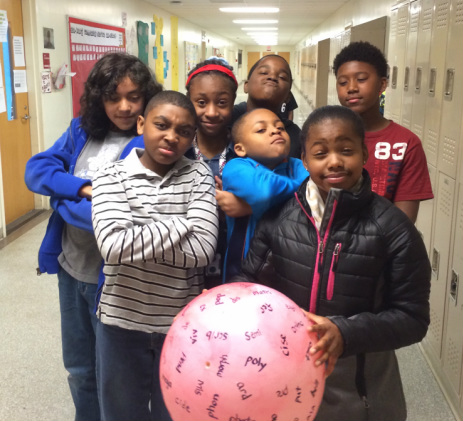
 RSS Feed
RSS Feed
